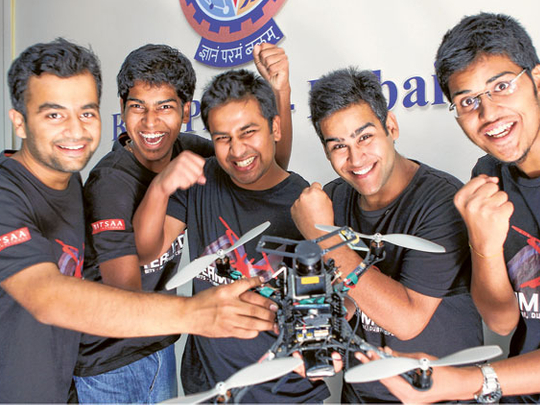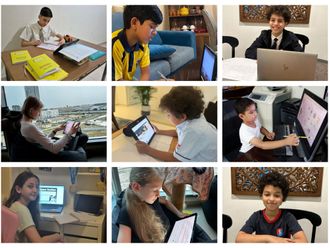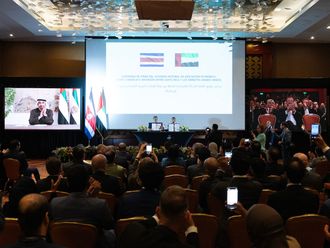
Dubai: In the build-up to the International Aerial Robotics Competition (IARC), students from 28 universities across the globe have been developing prototypes for flying robots that can "think" for themselves.
No longer the domain of science fiction, autonomous aerial vehicles have uses in the military, natural disasters, medical emergencies and other areas that have yet to be looked into.
This year Bits Pilani's Dubai team came first in the IARC held recently in North Dakota. The eight students, whose majors include electronics, mechanical engineering, computer science and IT, built an autonomous indoor flying vehicle that could navigate through an unknown environment and retrieve a 100-gram object.
Although the prototype didn't manage to retrieve an object — to win the $20,000 prize money — it got the maximum number of points.
Team leader Saurabh Ladha, a final year electronics and communications major, said, "I had a wild idea one morning while lying in bed to fuse my love for flying and love for robotics."
He approached his professor, Dr R.K. Mittal, to guide the eight students in building a prototype, which is a weird-looking contraption with several propellers.
‘Locate the target'
"The aim of the competition is to build a vehicle that can enter an unknown indoor environment, which is strewn with obstacles, and search it to locate the target."
Ladha explained that this was a difficult endeavour as no human interference is allowed during the "mission" and the vehicle has to "think" for itself. The students had to learn about or brush up their skills on artificial intelligence, control systems, electronics and image processing.
Ladha said the modified prototype could operate outdoors and have uses in the military with GPS features.
The team was named Teamifor as the project was sponsored by Intel and the Bits Pilani alumni association. "Intel wanted to buy one of these robots for themselves. They funded the software, which was built by us, and the hardware," Ladha said.
Strict conditions
Students competing in this year's International Aerial Robotics Competition (IARC) had to complete the following mission:
A military facility with unknown indoor dimensions must be infiltrated through a 1-metre by 1-metre window. The vehicle must navigate through the structure and avoid obstacles with absolutely no human interference.
The target is located in the office of the "Chief of Security", although the location of the room is unknown. The target must be retrieved after dropping a decoy in its place. This must be accomplished without setting off laser barrier alarms. The mission must be accomplished in under 10 minutes.











